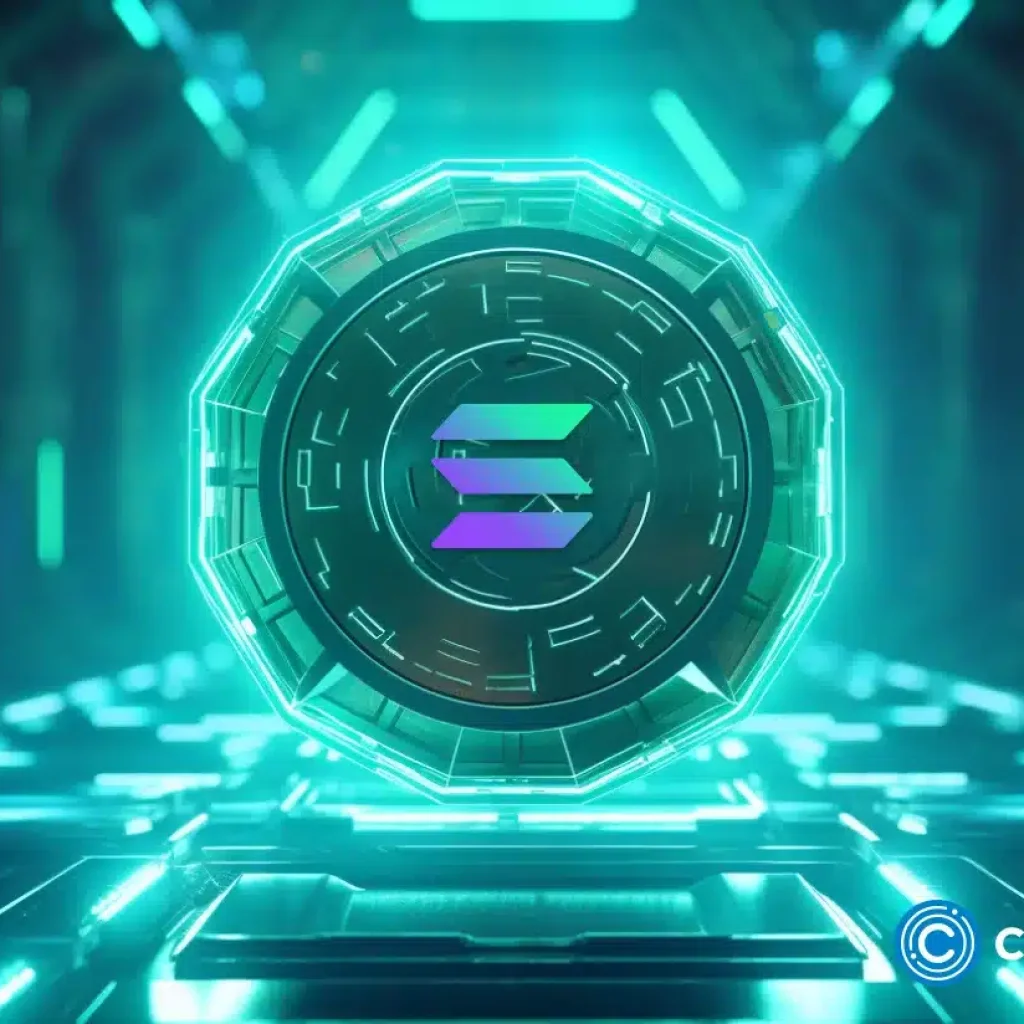The XRP Ledger development and support team, RippleX, has unveiled updates regarding the progress of the XLS-30d protocol. This groundbreaking initiative aims to extend Automated Market Maker (AMM) capabilities to the XRP Ledger, introducing an intriguing blend of order book-based DEX with a protocol-native AMM.
Last year, RippleX introduced the XLS-30d technical standard, paving the way for integrating AMM functionalities with the XRPL. Transitioning from conceptualization to practical application, the testing phase for XLS-30d commenced on the devnet platform in November 2022 and has been ongoing ever since.
Since the initial devnet launch, the community’s concerted efforts in testing and development have yielded significant progress. The experiment has seen the setup of hundreds of AMM pools and thousands of wallets on the devnet, providing invaluable insights into their operational dynamics.
The XRPL ecosystem has been further enriched with AMM support, now seamlessly integrated into the xrpl.org explorer, the xrpl.js, and xrpl-py client libraries, all courtesy of the RippleX group.
As momentum continues to build, a recent RippleX blog post elucidated the roadmap for the XLS-30d protocol’s journey toward XRPL’s mainnet integration. This involves the submission of a fresh amendment request, which, once approved, initiates the voting process. During this phase, the validator community can steer the course. If the collective “yes” votes outweigh the negatives and sustain this majority for at least two weeks, the proposed change gets the green light.
Consequently, the prospective addition of XLS-30d to the XRPL mainnet hinges on the community’s consensus and prolonged affirmation.
Parallel to these advancements, rigorous stability testing of the XRP Ledger with the XLS-30d protocol is still underway. As RippleX paves the path toward implementation, ensuring the robustness and resilience of the ecosystem remains a pivotal aspect of the project’s evolution.
Intriguingly, the XLS-30d protocol ushers in a distinct continuous auction mechanism designed to cushion against temporary losses. This innovative approach mitigates potential setbacks and incentivizes arbitrageurs to actively engage in the ecosystem, capitalizing on fleeting price differences. This ingenious feature could significantly enhance liquidity management and trading strategies within the XRPL framework.
A striking hallmark of the XLS-30d protocol is its XRPL-native architecture. Developed with a focus on streamlined integration and developer accessibility, the protocol seeks to empower developers by providing them easy access to the AMM functionalities. This accessibility extends to creating bespoke front-end trading interfaces and liquidity provision mechanisms.
The XRPL community stands at the brink of transformative change, eagerly awaiting the outcome of the ongoing testing and impending mainnet integration of XLS-30d. With its seamless merger of AMM capabilities and order book-based DEX, the protocol promises to enhance trading dynamics and liquidity provisions across the XRPL ecosystem.
As the RippleX group continues to spearhead these groundbreaking initiatives, the future of the XRP Ledger seems poised for innovation and expansion.
The XLS-30d protocol’s journey from inception to devnet testing and its impending mainnet integration signifies a remarkable evolution of XRPL. RippleX’s pioneering efforts to amalgamate AMM functionalities within the XRPL ecosystem signal a transformative change, enhancing trading dynamics, liquidity provisions, and developer accessibility.
The community’s involvement and meticulous stability testing underscore the commitment toward a resilient and adaptable blockchain landscape. As the voting process and subsequent integration unfold, the XRPL community remains at the forefront of innovation, poised to embrace the promising era ushered in by the XLS-30d protocol.





